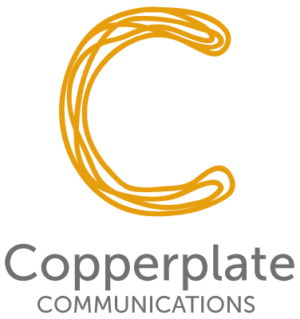Using an Editorial Calendar for Your Company’s Internet Marketing
You’ve been busy with your company’s Internet marketing, putting great content on your blog, Facebook page and in your email newsletter. Excellent. But how are you managing this content? Are you posting on an ad hoc basis, or are you following a strategic plan?
Print media have dealt with the complexities of content management for years. With pages and pages of newsprint to fill, they plan in advance the themes, topics, authors, etc. they’ll use to fill the space. And they keep track of it all via editorial calendars. Today, editorial calendars aren’t just for newspapers and magazines. They’re valuable tools for small business owners or any kind of content marketer.
 It’s a simple concept. You simply plot out in advance what content you’re going to distribute, when, and how. By scheduling your content in advance you can make sure your covering the topics you need to hit your target audiences and support your broader business goals.
It’s a simple concept. You simply plot out in advance what content you’re going to distribute, when, and how. By scheduling your content in advance you can make sure your covering the topics you need to hit your target audiences and support your broader business goals.
Editorial calendars also help keep content consistent and relevant, especially if more than one person is contributing content. They also help you repurpose your content more efficiently across marketing channels. For example, you might start with a blog post, then write some social media posts about it, and then include the blog post in your next email newsletter.
The simplest editorial calendar consists of little more than topics and publication dates. You can choose whether to also include authors, marketing channels, keywords, target audiences, calls to action or special offers.
You can fill in your editorial calendar a month or even a year in advance. As new topics ideas arise or opportunities arise, you amend and adjust as needed.
There are lots of resources to help you create your own editorial calendar. HubSpot has a free template you can download, as does the Content Marketing Institute.
Do you use an editorial calendar to manage your company’s Internet marketing? Tell us about it.
